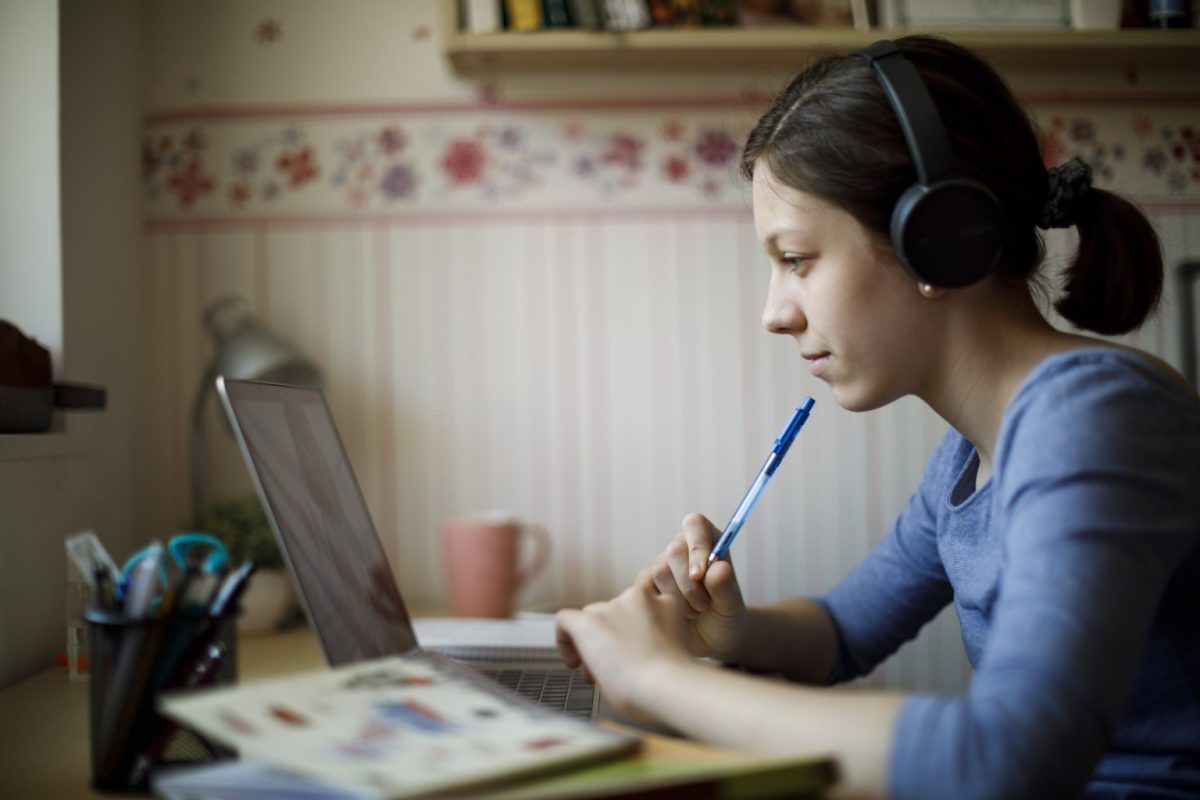The coronavirus pandemic robbed students on all levels the final months of their 2019-20 school year and parents were forced to educate and keep their children challenged and entertained through quarantines and isolation.
While New York continues to inch forward in its reopening plans, the area remains a hotbed for COVID-19 in the United States, which will continue to limit summer plans for families, at least initially.
By the time the 2020-21 school year rolls around in September, it will be almost six months since students were in the classroom — and the potential looming second wave of the virus could very well extend that number when the weather cools.
It leaves the upcoming school year open-ended as parents and students don’t know what to expect, and rightfully so.
Mayor Bill de Blasio echoed those sentiments last week, stating that schools “need to be able to move on a continuum.”
“It could be every single student back in school, it could be no students back in school,” de Blasio said. “We have to be ready for any eventuality.”
That means that parents and students should be prepared to be flexible if needed, though schools must take the proper parameters to facilitate all styles of learning.
Meanwhile, Schools Chancellor Richard Carranza attempted to make the first steps of preparation by introducing his “Fall Framework,” though it consisted of hypotheticals rather than concrete measures.
Considering a vaccine is still some time away from being found, produced and distributed, the most realistic approach school-goers and their supporters should prepare for is what Carranza described as “Blended Learning” — students learning from home online and in the classroom.
Such a combination would allow schools to get a rotating fraction of students in the building while maintaining proper health protocols and social distancing.
Chances of students being afforded extra-curricular activities or after-school programs would still likely be slim as a byproduct of those health and safety measures.
For parents, that means an inconsistent schedule for at-home care could be in the cards for the school year until a vaccine is readily available.
Parents and guardians also may be tasked with finding alternative ways to get their kids to school while providing more meals should they return to facilities.
At higher levels of education, local colleges will also be tasked with keeping their students safe while providing some semblance of normal campus life.
While there are few ideas known on how local colleges and universities can attain such a goal, the University of Kentucky gave a sneak peek at what many major institutions might do in the age of coronavirus.
As reported by The New York Times, students will be subject to fever tests before entering buildings; footpaths will be labeled as one-direction walkways; and face masks will be required in classrooms and other public spaces such as dining halls.
This story first appeared on amny.com.


































